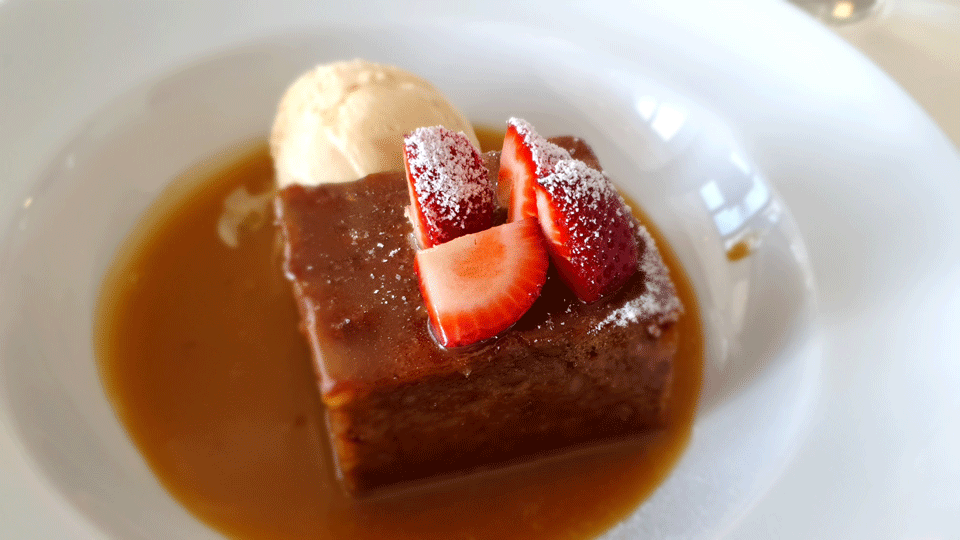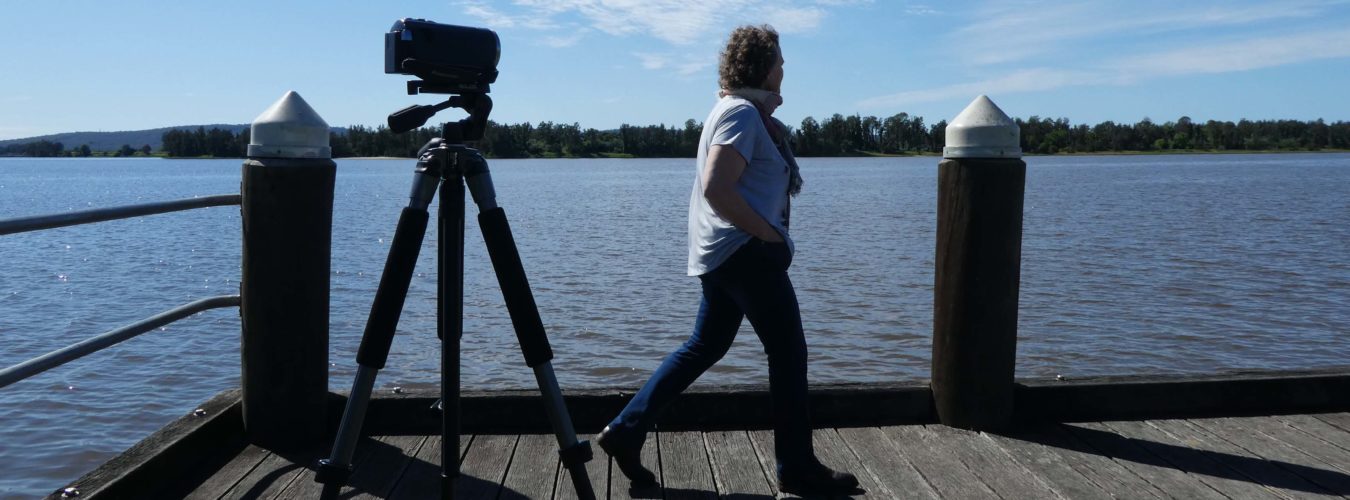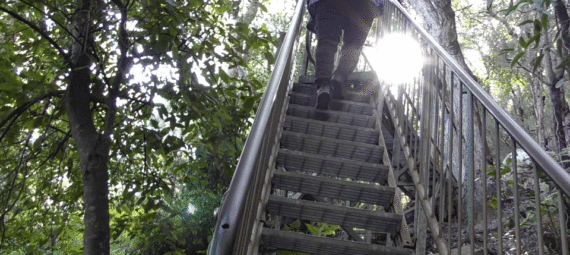What we loved
For sheer shimmering coastal beauty it is hard to go past Port Stephens. It’s been a while since I visited this childhood holiday haunt, and I realise I probably never truly appreciated just how picturesque it is. The twin peaks of Mt Tomaree and Yacaaba looming over the entrance to the harbour, boats bobbing out on the sparkling water, the habour ringed by white sand beaches. What’s not to love?
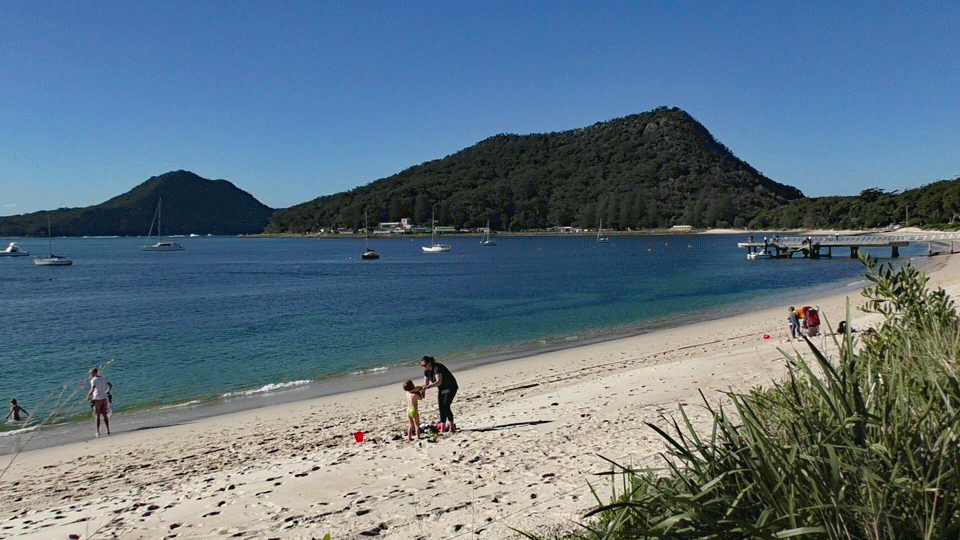
On this occasion, I found another thing to love about Port Stephens when I finally got around to making the trek to the summit of Mt Tomaree. I’ve only been meaning to do it for about 30 years!
What we did
There are two things that would motivate me to undertake a reasonably challenging walk like this one – stunning views that take the breath away, and a good story. Mt Tomaree delivers both. The natural beauty of the walk goes without saying, and it’s wartime history is fascinating. Tomaree Head became a focus of coastal defence systems during WWII, and the remains of these can still be seen.
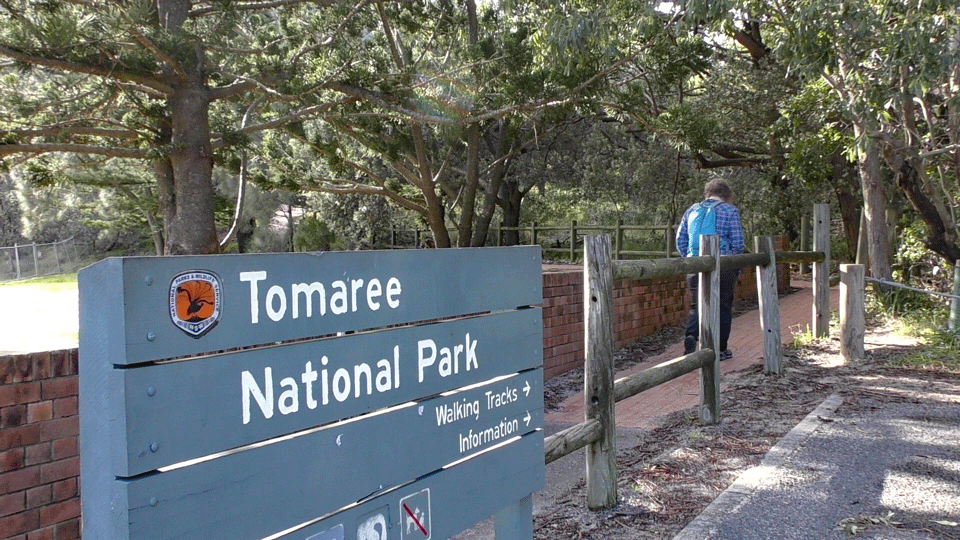
Mt Tomaree Summit Walk
The summit of Tomaree head is 161m above the entrance of Port Stevens and the views are extraodinarily beautiful. To the south, waves crash onto pristine beaches below the distinctive peaks of Tomaree National Park. Port Stephens lighthouse keeps its solitary guard on Fingal Island. Rugged islands off the coast harbour sea bird colonies. To the north panoramic views of Yacaaba Head, Cabbage Tree and far off mountain ranges. Down below the holiday units, shops, cafes and boats of Shoal Bay.
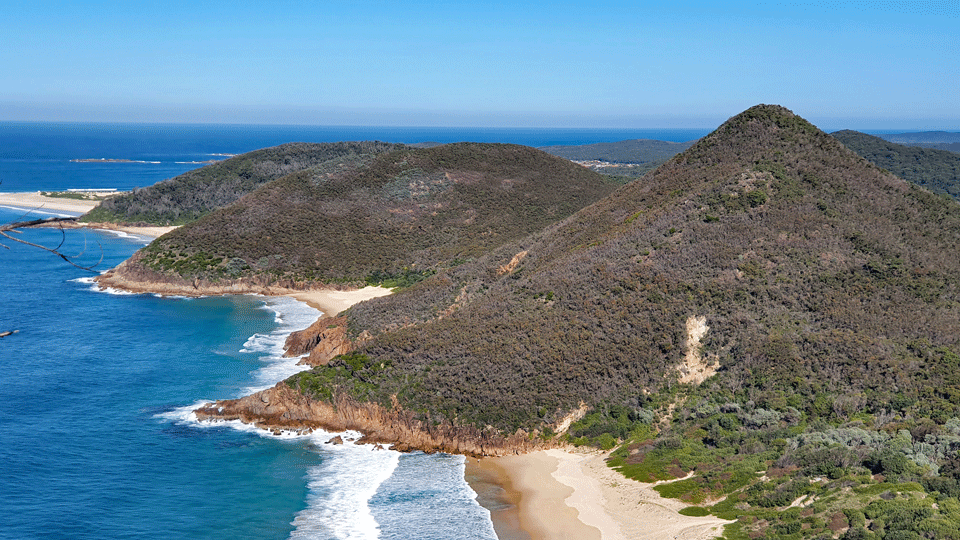
The walk is very do-able for someone of reasonable fitness especially if you take it easy and stop for a breather every so often on one of the strategically placed seats. But it’s steep and its rated as hard. The track starts just before the boomgate to Tomaree Lodge, at the end of Shoal Bay Road. The lodge was once a military camp and military hospital but these days a residential facility for folk with a disability.
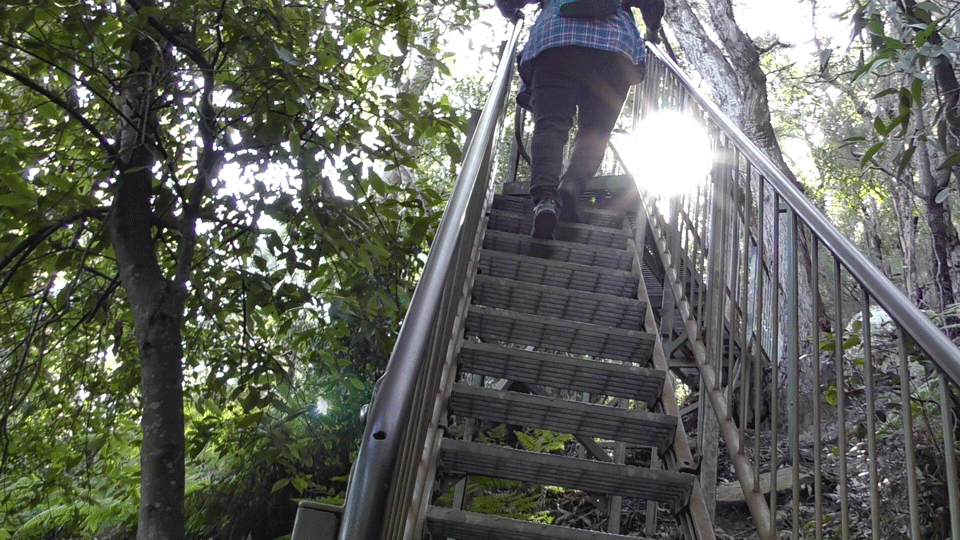
The first part of the climb is relatively easy on a paved and even path, but it’s all uphill. You’ll eventually come to a set of metal stairs. A sign here points you upward to the summit or onward to historic gun emplacements. Both are well worth a look.
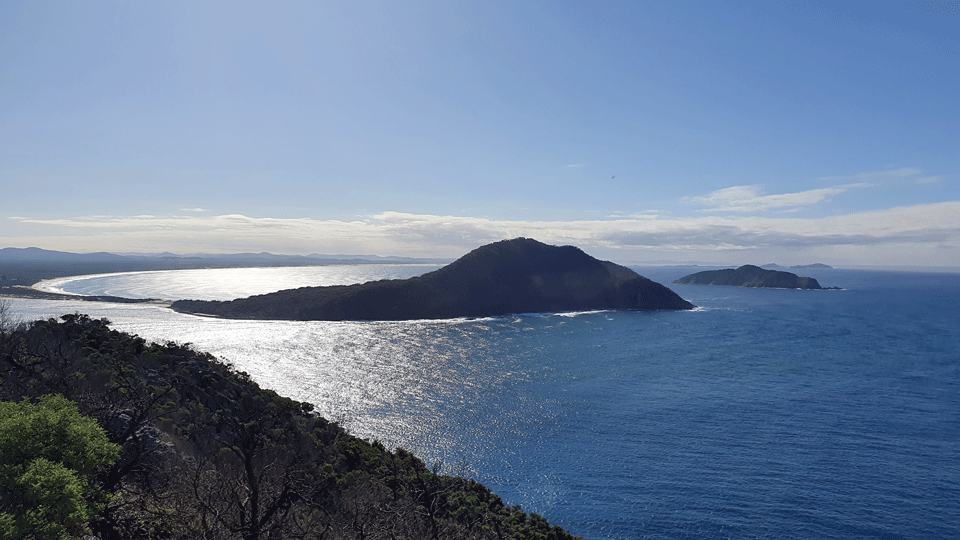
There a lot of steps up to the summit, but a stunning view around every corner. At the very top lookout platforms allow you to see the for kilometres in every direction. In the rush for the views (and the Instagram selfies in the case of some) many people walk straight past an interesting piece of history. To be fair, the remains of No 20 radar station don’t look like much really – but the station was once a vital cog in Australia’s war machine.
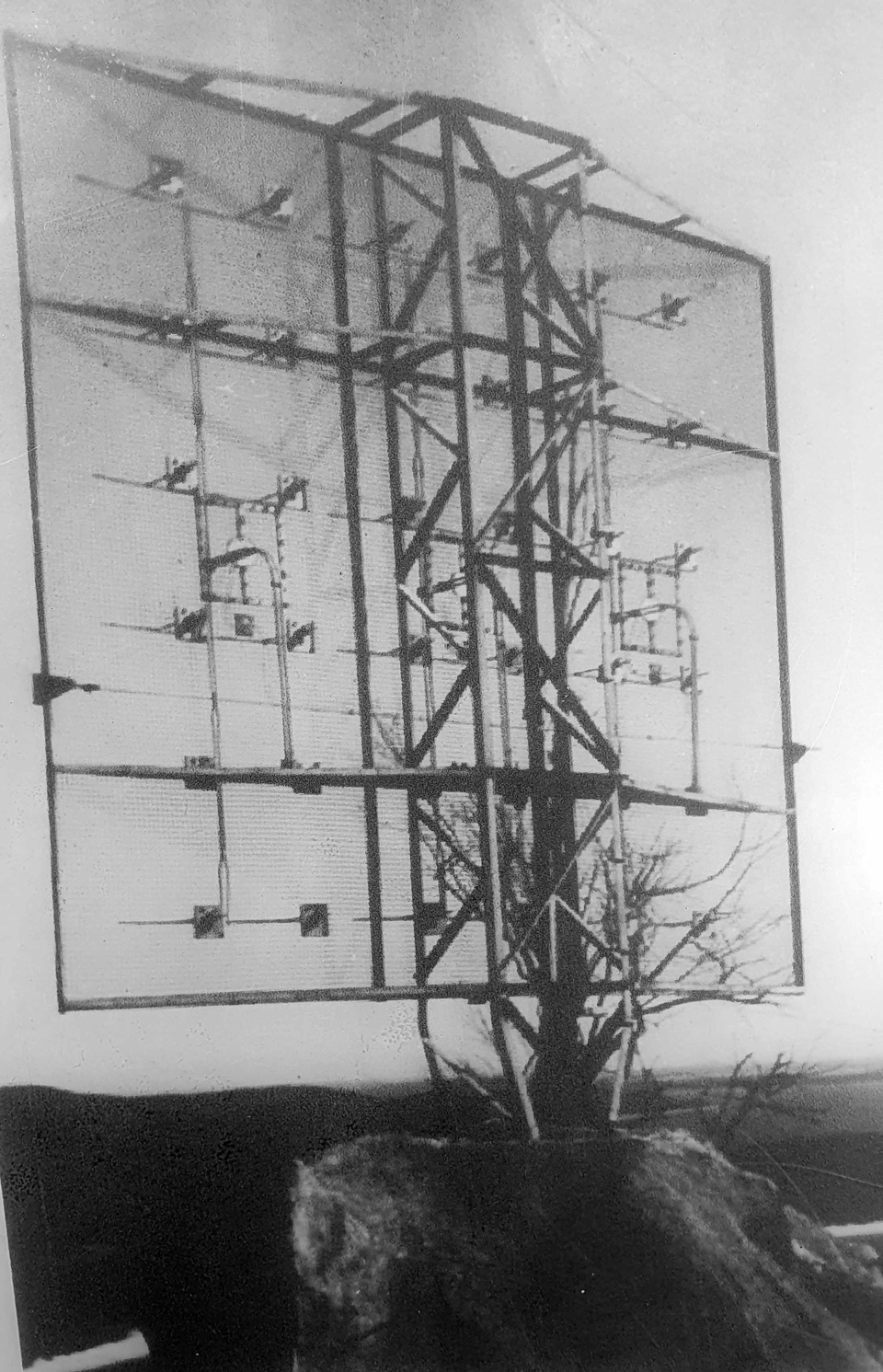
The radar was the first Australian produced radar (before that we had to rely on the Poms). It’s purpose was to plot flight movements from Williamstown RAAF base to the south west, plus all flight movements along the coast in the vicinity. Ships were also plotted. It formed part of a regional network of radar stations including at Newcastle, Hexam, Catherine Hill Bay and on the Central Coast at Killcare.
lkjsdhflkjdashfldkjsflsdjf
Given its location on that very steep hill, I take my hat off to the wartime workers who managed to get the radar components up there and assembled, and those who got the high voltage powerline up through the bush to power it. The radar operators themselves had quite a monotonous job, but were rewarded with some of the best views going around as they went about their work.
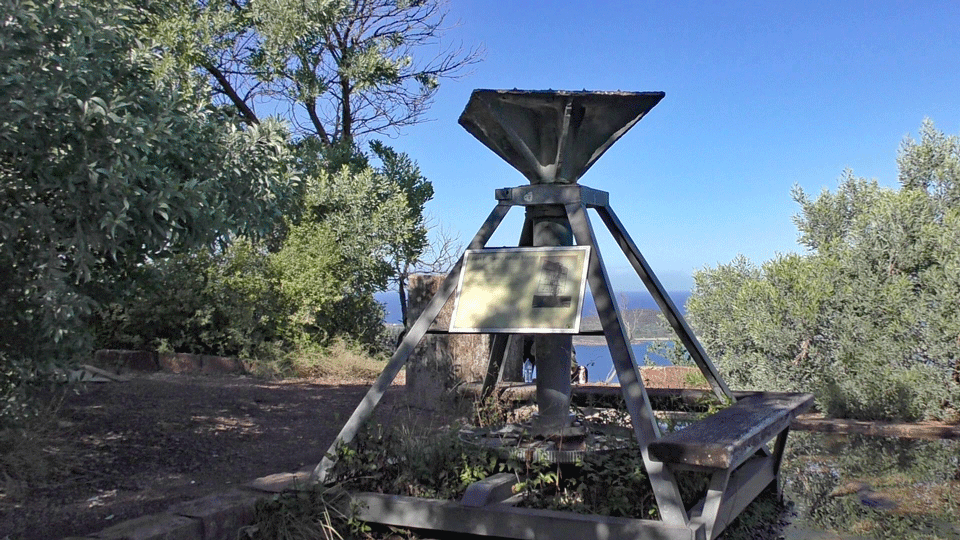
The radar was pulled out of service on 1 September 1945 and its staff disbanded on 21 January 1947. After the war the radar antennae was left on the headland until it was knocked over by a storm. The collapsed radar tower was recovered by the RAAF in 1993. The turning gear base of the radar tower were put back up there in 2001 with the rest of the radar tower stored at RAAF Base Williamtown. The remains of the radar station are heritage listed along with other WWII fortifcations around Port Stephens.
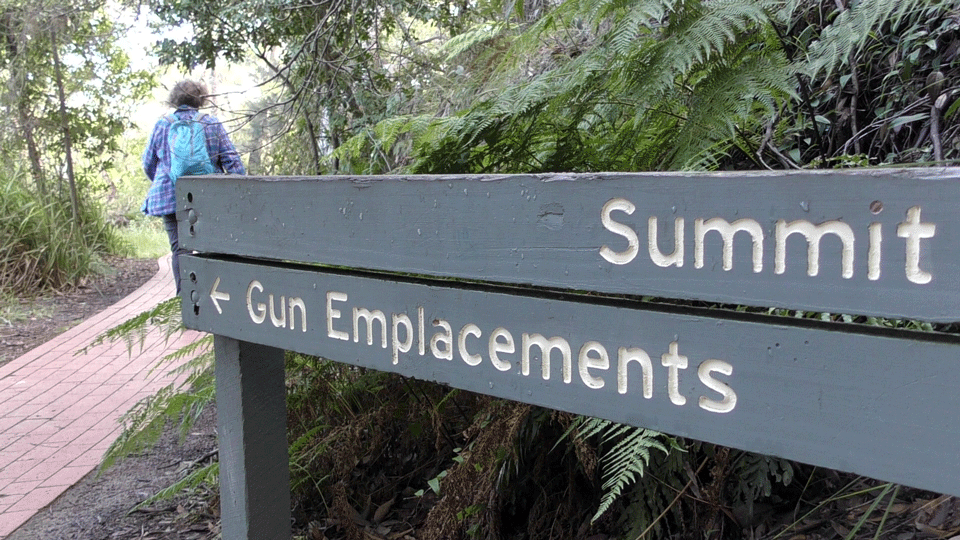
The Gun Emplacements
After reaching the summit, just make your way back down the way you came and then stroll around by the paved path to the site of the WWII gun emplacements. The uphill bit is behind you. You will begin to pass a variety of abandoned former military structures. A utility room here, a cement something-or-other there, all slowly being consumed by the bush.
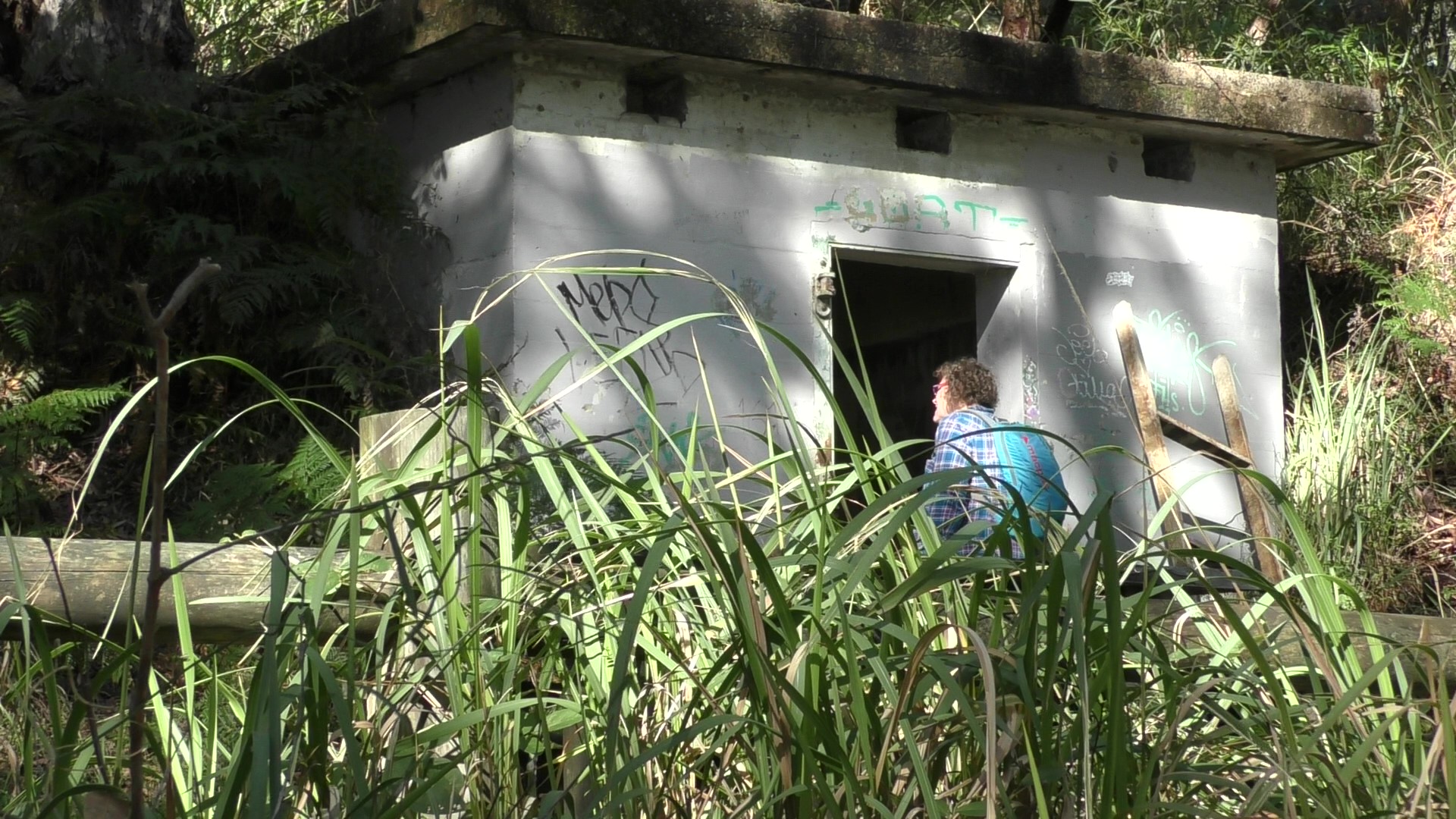
Then you’ll come to the gun emplacements. Hefty concrete bunkers facing out to sea (and what a fabulous view too). The bases on which the guns were attached and rotated remain, although supports now hold up the rusting overhead components. Behind heavy locked steel doors, storage rooms go back into the hillside. In 2017, these were opened for the first time in decades by researchers trying to find an alleged system of tunnels used by the US military who jointly ran operations in the area.
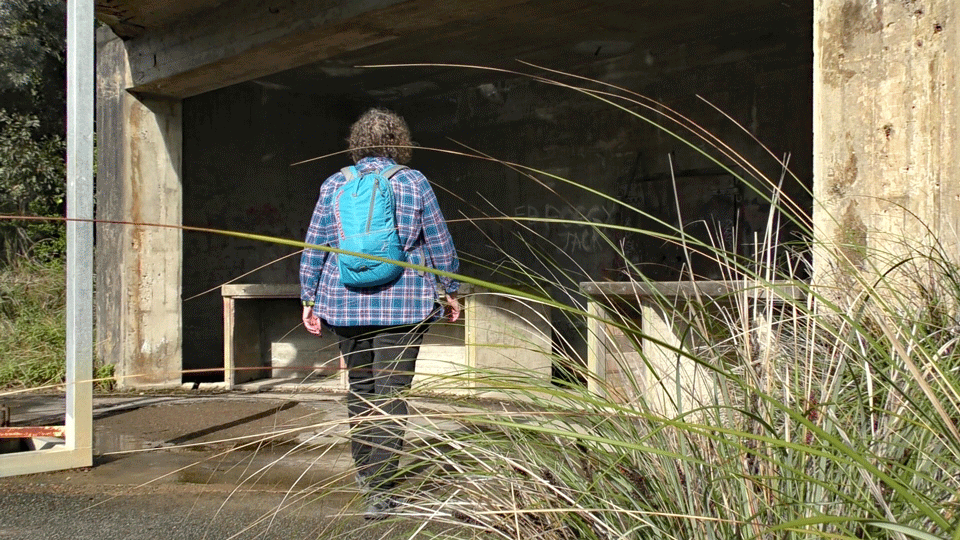
This was a part of the war time structures used in the defence of the east coast of Australia. The whole of the Fort Tomaree military complex included these heavy gun emplacements, light weapons and machine gun pits, torpedo tubes, search light stations, the radar station, barbed wire and stake defence, a command post and barracks and other buildings.
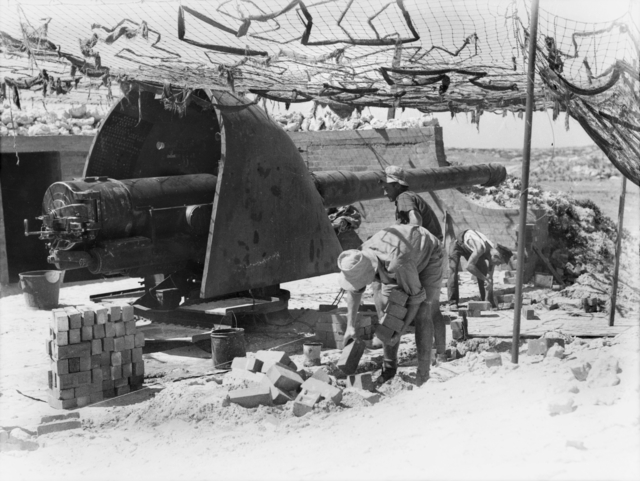
In their hey day, the concrete structres each contained a BL 6-inch gun Mark VII – a British naval gun dating from 1899, which was mounted on a heavy traveling carriage in 1915 for British Army service to become one of the main heavy field guns in the First World War, and also served as one of the main coast defence guns throughout the British Empire until the 1950s. The guns had to be modified for the purpose of course.
The guns were never fired in anger and the site is now protected within Tomaree National Park and by heritage orders.
Then it’s back down the path the way you came and off for a nice lunch. You’ll have earned it.
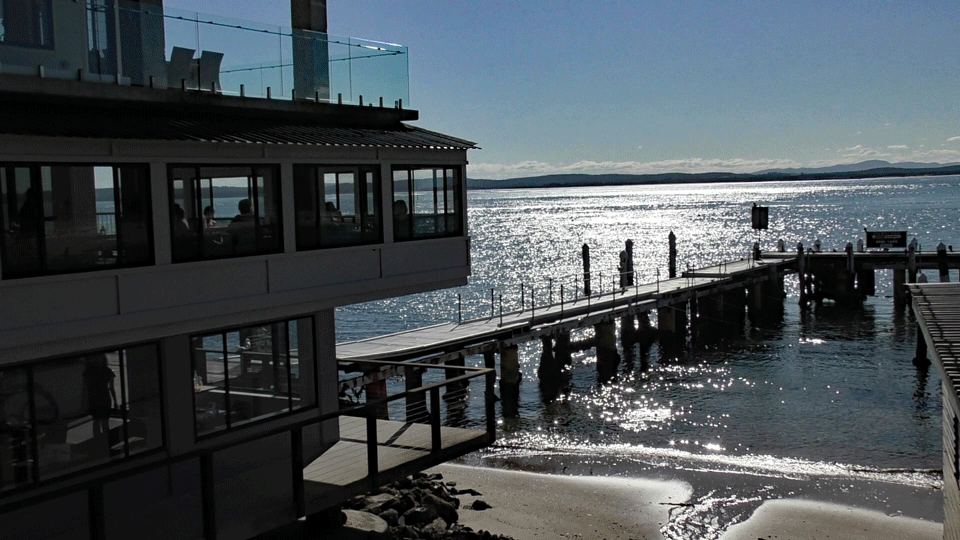
Where we ate
It’s a bit tricky at the moment to find a place to eat because you can’t just wander in unannounced due to Covid19 restrictions. Be sure to book ahead. I managed to secure a table at a lovely restaurant overlooking the water in Nelsons Bay, Little Beach Boathouse.
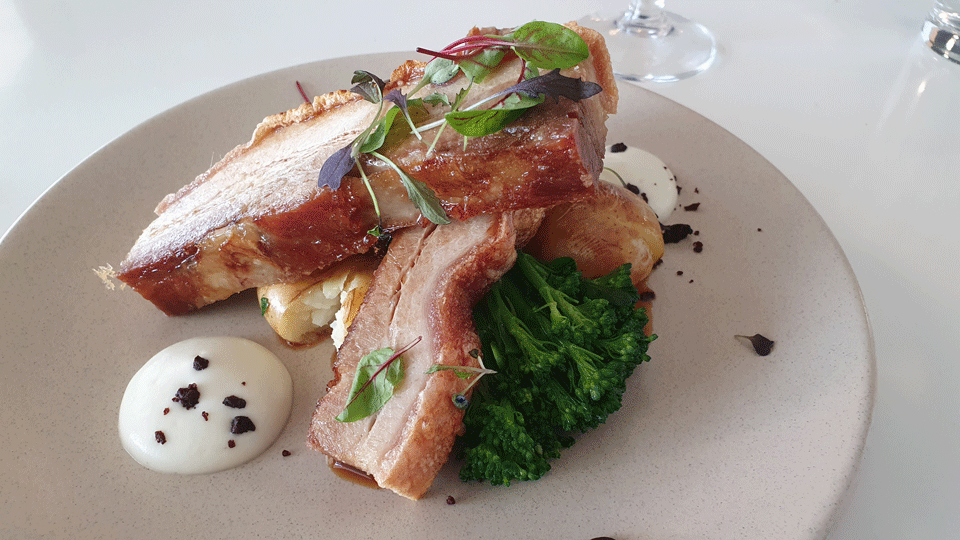
Excellent modern Australian cuisine and the friendly service was definitely a cut above. Much effort had gone into spreading out the patrons according to Covid19 rules, but this did nothing to spoil the charming ambience of the location with it’s sparkling views. You could tell how happy they all were to have people back in there enjoying lunch.
